Photo Gallery for Syndemis afflictana - Gray Leafroller Moth | 33 photos are available. Only the most recent 30 are shown.
|
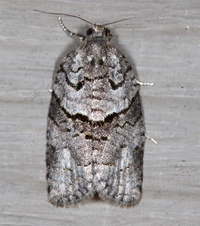 | Recorded by: Jim Petranka on 2024-04-14
Madison Co.
Comment: | 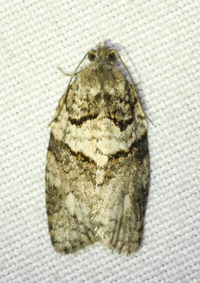 | Recorded by: Emily Stanley on 2024-04-08
Buncombe Co.
Comment: |
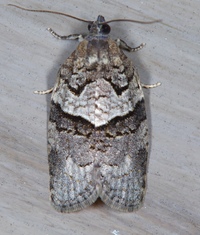 | Recorded by: Jim Petranka on 2024-04-08
Madison Co.
Comment: | 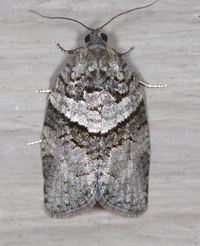 | Recorded by: Jim Petranka on 2024-04-02
Madison Co.
Comment: |
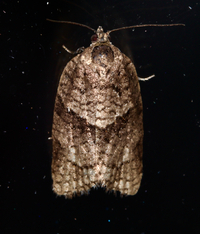 | Recorded by: Jim Petranka on 2023-05-31
Madison Co.
Comment: |  | Recorded by: Jim Petranka on 2023-05-11
Madison Co.
Comment: |
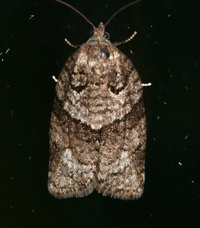 | Recorded by: Jim Petranka on 2023-04-28
Madison Co.
Comment: | 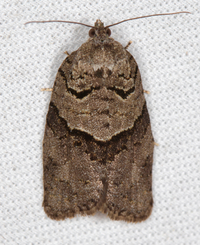 | Recorded by: Jim Petranka on 2023-04-21
Madison Co.
Comment: |
 | Recorded by: Emily L Stanley on 2023-04-16
Yancey Co.
Comment: | 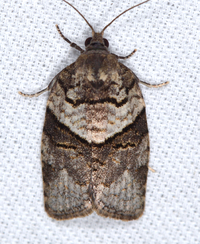 | Recorded by: Jim Petranka on 2023-04-11
Madison Co.
Comment: |
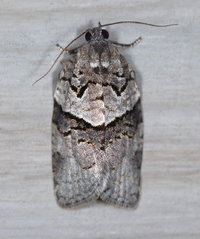 | Recorded by: Jim Petranka on 2023-04-06
Madison Co.
Comment: |  | Recorded by: Jim Petranka on 2023-04-04
Madison Co.
Comment: |
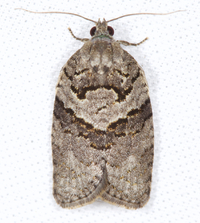 | Recorded by: Jim Petranka on 2022-04-21
Madison Co.
Comment: | 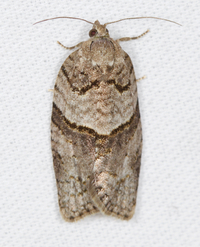 | Recorded by: Jim Petranka on 2022-04-16
Madison Co.
Comment: |
 | Recorded by: tom ward on 2021-05-07
Buncombe Co.
Comment: |  | Recorded by: Jim Petranka on 2021-04-18
Madison Co.
Comment: |
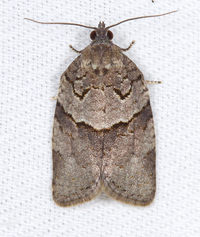 | Recorded by: Jim Petranka on 2021-04-13
Madison Co.
Comment: | 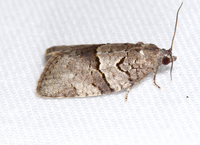 | Recorded by: Jim Petranka on 2021-04-13
Madison Co.
Comment: |
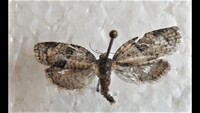 | Recorded by: Darryl Willis on 2020-06-01
Cabarrus Co.
Comment: | 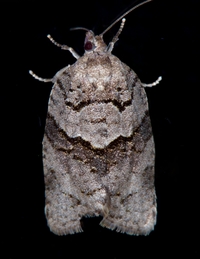 | Recorded by: Jim Petranka and Becky Elkin on 2020-04-17
Madison Co.
Comment: |
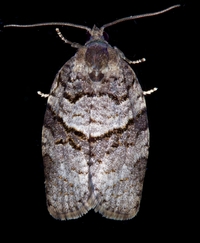 | Recorded by: Jim Petranka and Becky Elkin on 2020-04-06
Madison Co.
Comment: | 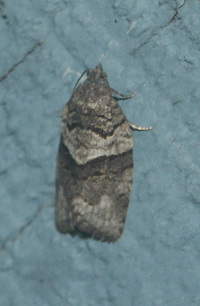 | Recorded by: Vin Stanton on 2019-04-26
Buncombe Co.
Comment: |
 | Recorded by: Vin Stanton on 2019-04-26
Buncombe Co.
Comment: |  | Recorded by: Jim Petranka and Becky Elkin on 2019-04-16
Madison Co.
Comment: |
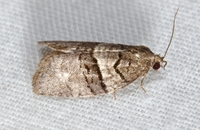 | Recorded by: Jim Petranka and Becky Elkin on 2019-04-16
Madison Co.
Comment: | 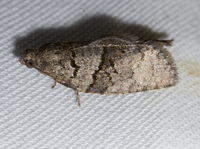 | Recorded by: Jim Petranka and Becky Elkin on 2018-05-10
Madison Co.
Comment: |
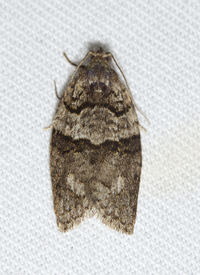 | Recorded by: Jim Petranka and Becky Elkin on 2018-05-10
Madison Co.
Comment: |  | Recorded by: Jim Petranka and Becky Elkin on 2018-05-04
Madison Co.
Comment: |
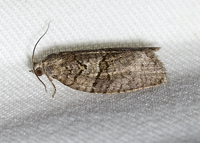 | Recorded by: Jim Petranka and Becky Elkin on 2018-05-04
Madison Co.
Comment: | 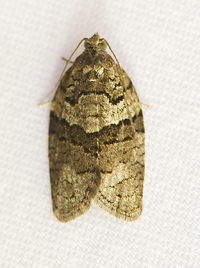 | Recorded by: Jim Petranka and Becky Elkin on 2014-04-25
Madison Co.
Comment: |
|